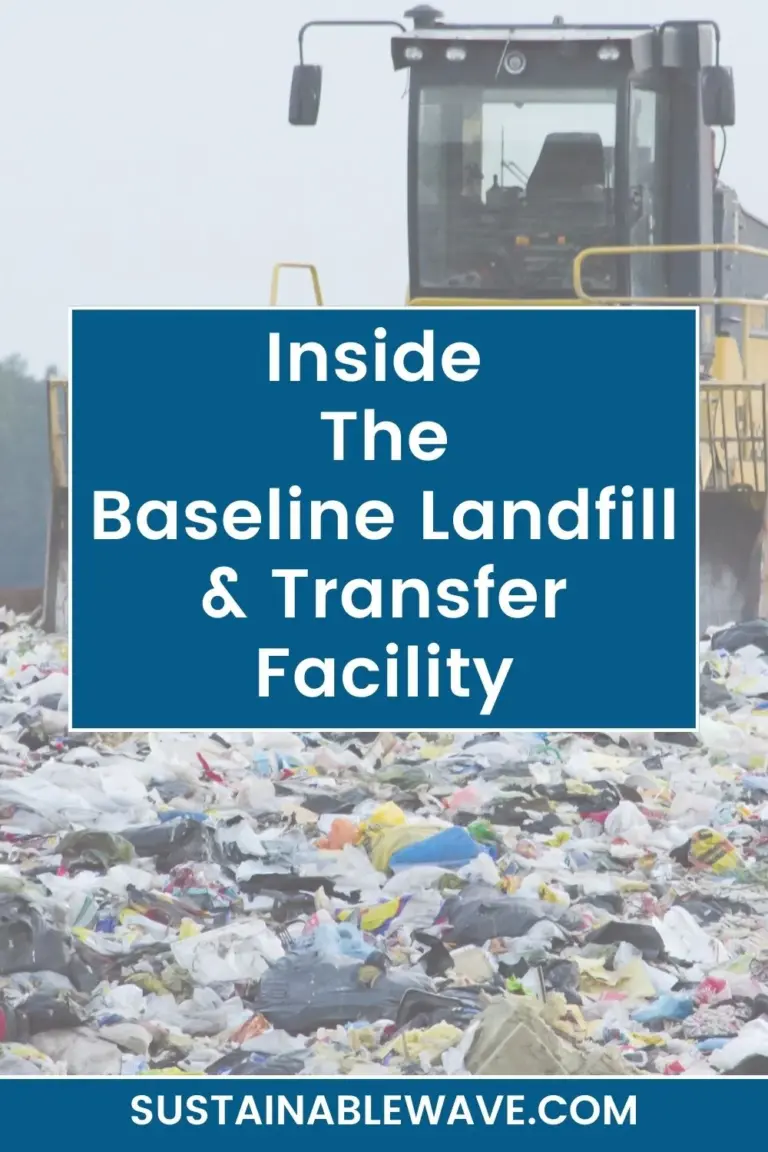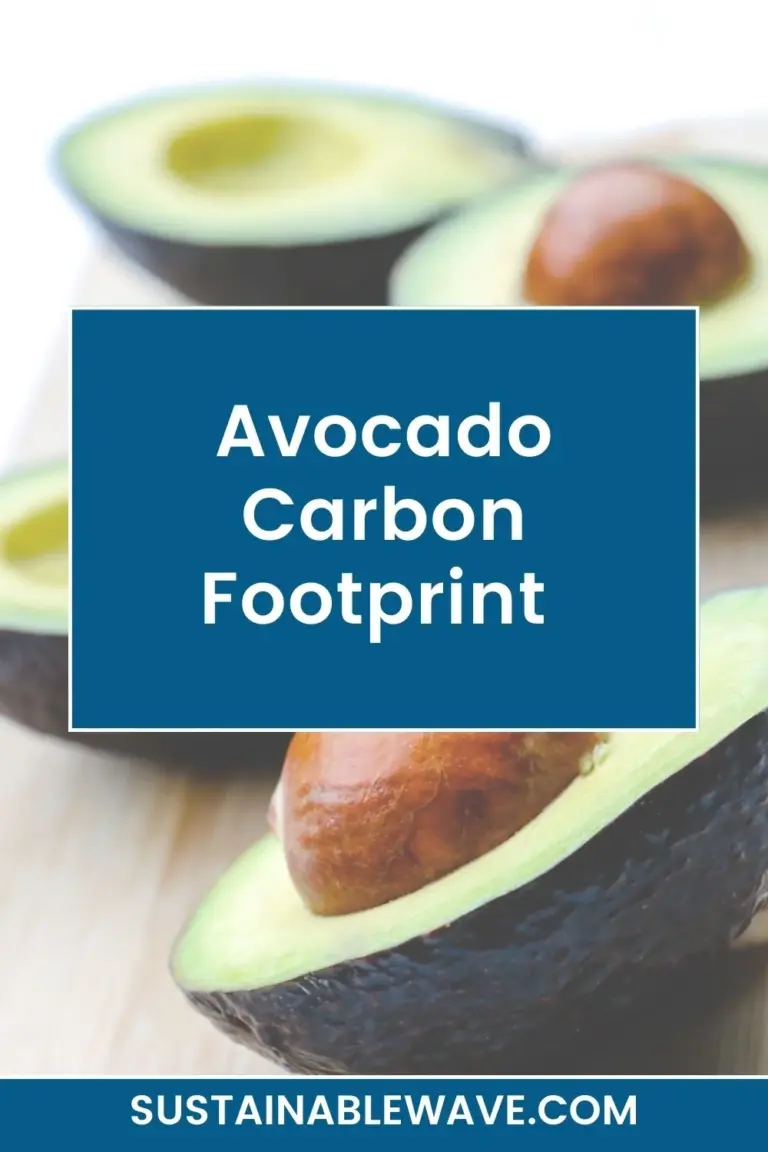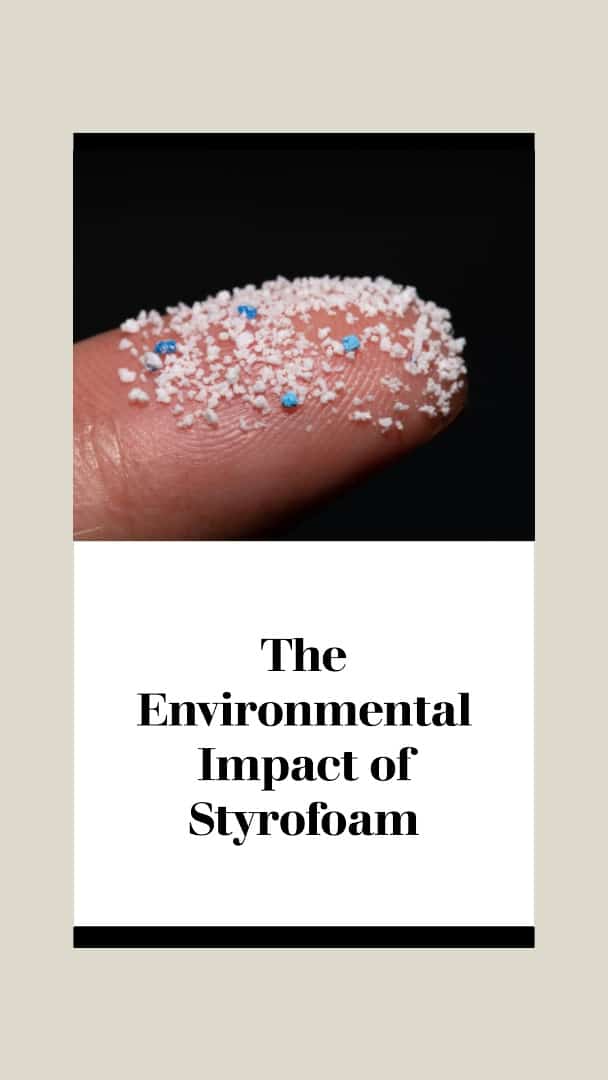In our journey to becoming eco-conscious citizens, understanding the carbon footprint of the products we frequently use is paramount. High-Density Polyethylene (HDPE) is one such commonly-used product. Found in everything from milk jugs to toys, its environmental footprint might just surprise you.
For every 1,000 lbs of HDPE produced, approximately 1,478 lbs of CO2 equivalents are emitted, highlighting the carbon footprint of HDPE manufacturing.
Buckle up and let’s uncover the mysteries behind the carbon footprint of HDPE.
Carbon Footprint of HDPE
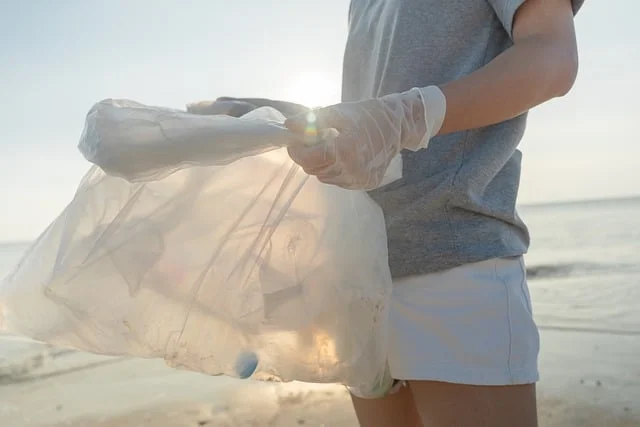
HDPE is renowned for its versatility, strength, and recyclability. But what about its carbon footprint? High-Density Polyethylene releases carbon dioxide and other greenhouse gases during its production, usage, and disposal. Delving into its carbon footprint helps us comprehend its overall impact on our beloved Earth.
Before jumping into the nitty-gritty, let’s stroll down memory lane. HDPE’s roots trace back to the 1930s. Its inception was driven by the demand for sturdy yet lightweight materials. Over the decades, its popularity has skyrocketed, but so has its environmental footprint.
The Production Process
The production of High-Density Polyethylene (HDPE) begins with the raw material, ethylene. Ethylene is derived predominantly from natural gas through a technique known as ‘cracking.’ This method involves breaking down larger hydrocarbons into simpler molecules, thus producing ethylene.
This primary step, while fundamental to the creation of HDPE, is energy-intensive, leading to a significant carbon footprint right off the bat.
Once we have our ethylene, the next stage is polymerization. It’s during this phase that individual ethylene molecules are bonded together to form the sturdy and robust plastic we recognize as HDPE.
The process might seem simple at first glance, but the intricacies of temperature control, pressure adjustments, and chemical catalysts make it a highly complex procedure. The production of HDPE isn’t merely about forming a plastic; it’s a dance of chemistry, engineering, and precision.
HDPE Usage
HDPE, given its durability and resistance to many chemicals, is favored in numerous applications. Its versatility ranges from piping systems to milk jugs, making it an omnipresent plastic in our daily lives.
This widespread usage is a testament to its robustness, ensuring that products made from HDPE are long-lasting and don’t degrade quickly. This longevity can be viewed as a boon because it can lead to reduced waste generation in the short term. However, the flip side presents a conundrum. The very feature that makes HDPE desirable – its longevity – also makes it a persistent material in the environment.
Products that aren’t recycled might spend centuries in landfills, not breaking down and posing significant waste management challenges. In essence, HDPE’s benefits in usage can also be its environmental Achilles’ heel.
Recycling HDPE
Recycling has emerged as a beacon of hope in the journey to mitigate the carbon footprint of HDPE. HDPE’s inherent properties make it one of the more recyclable plastics on the market. When you recycle a milk jug or a detergent bottle, more often than not, it’s HDPE making its way to a second life.
Through recycling processes, HDPE products are broken down, melted, and then reformed into new products, creating a circular life cycle. This process significantly reduces the need for virgin plastic production, which, as we know, is carbon-intensive.
Estimates suggest that recycling HDPE can result in energy savings of up to 80% compared to the production of new HDPE. While the rates of recycling can vary regionally, the overarching truth remains: recycling HDPE isn’t just beneficial; it’s imperative for a sustainable future.
The Final Disposition: HDPE’s Farewell
When the lifespan of an HDPE product reaches its end, its disposition becomes a significant concern. Many HDPE products, if not recycled, are relegated to landfills.
In these sprawling waste repositories, HDPE’s robustness becomes evident as they can take hundreds to thousands of years to fully degrade. This longevity contributes to the increasing volumes of solid waste, an escalating global issue. As HDPE decomposes, it also emits methane, a greenhouse gas far more potent than carbon dioxide.
Another method of disposal is incineration. Although incineration reduces the volume of waste, it comes with its own set of problems. Burning HDPE releases carbon dioxide and potential toxins, adding to atmospheric pollution.
Clearly, the farewell journey of HDPE, if not managed sustainably, has long-term repercussions on our environment.
Comparing HDPE with Other Plastics
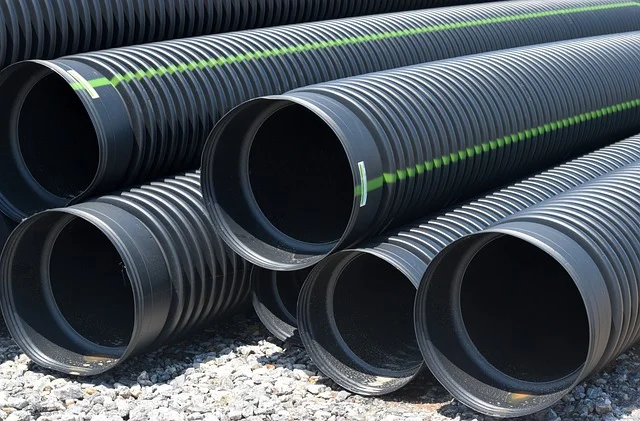
Every plastic has its unique set of properties and environmental footprint.
Take Low-Density Polyethylene (LDPE), for instance. Often used in cling wraps and plastic bags, LDPE has a carbon footprint that’s somewhat comparable to HDPE. However, HDPE often has a slight advantage due to its higher recyclability rate.
Then there’s Polyvinyl Chloride (PVC). This plastic, commonly used in piping and cable insulation, carries a heavier carbon footprint than HDPE. One of the main reasons is PVC’s chlorine content, which requires energy-intensive processes for its production. It also releases more toxins when incinerated.
These comparisons are vital as they help consumers and industries make informed decisions based on environmental considerations.
Global Initiatives to Reduce HDPE’s Footprint
In response to the escalating environmental challenges posed by plastics, including HDPE, global initiatives have sprung up. Research and development sectors are continually innovating to devise eco-friendlier production methods for HDPE. For instance, there are endeavors to utilize bio-based raw materials, which can potentially reduce the carbon footprint substantially.
On a regulatory front, governments worldwide are introducing policies to stimulate recycling rates and reduce single-use plastics. Incentives, grants, and awareness campaigns are becoming commonplace to encourage industries and individuals to adopt sustainable practices concerning HDPE.
These collective efforts on a global scale underscore the seriousness of the issue and the determination to usher in a greener tomorrow.
Personal Actions
While large-scale initiatives are pivotal, individual actions can also make a world of difference.
By embracing the three R’s—Reduce, Reuse, Recycle—one can significantly impact HDPE’s carbon footprint. Instead of discarding HDPE products after a single use, consider reusing them or repurposing them into something creative.
Awareness is another potent tool. By staying informed about the latest developments in HDPE recycling and disposal methods, individuals can make choices that lean towards sustainability.
Additionally, by supporting organizations or initiatives focused on eco-friendly practices, every person can contribute to a larger movement.
HDPE Carbon Footprint Calculator
This HDPE Carbon Footprint Calculator is a tool designed to shed light on the environmental impact of HDPE production. As the push towards sustainability gains momentum, understanding the carbon footprint of widely-used materials like HDPE becomes crucial.
This user-friendly calculator does precisely that. By entering the weight of HDPE produced or consumed, users can instantaneously determine the equivalent carbon dioxide emissions.
It’s based on the fact that for every pound of HDPE, approximately 1,478 lbs of CO2 equivalents are emitted during its manufacturing. The calculator serves as a bridge between raw data and actionable insights, providing both industries and consumers with a tangible sense of HDPE’s environmental cost.
HDPE Carbon Footprint Calculator
By bringing awareness to this aspect of HDPE, the calculator underscores the need for eco-friendly alternatives and practices, promoting a more sustainable future.
FAQs
What is HDPE?
HDPE stands for High-Density Polyethylene, a versatile and widely-used plastic in various products.
How is the carbon footprint of HDPE measured?
It’s gauged by assessing the total greenhouse gases emitted throughout its lifecycle – from production to disposal.
Is HDPE recyclable?
Absolutely! HDPE is one of the most recycled plastics globally, making its recyclability a key factor in reducing its environmental impact.
Why is recycling HDPE important?
Recycling HDPE not only conserves resources but also substantially reduces the carbon footprint compared to producing new plastic.
How does HDPE compare with other plastics environmentally?
While HDPE does have an environmental impact, it often fares better than plastics like PVC due to its recyclability and production process.
Are there alternatives to HDPE?
Yes, there are bio-based plastics and other sustainable alternatives, though each comes with its pros and cons.
Key Takeaways
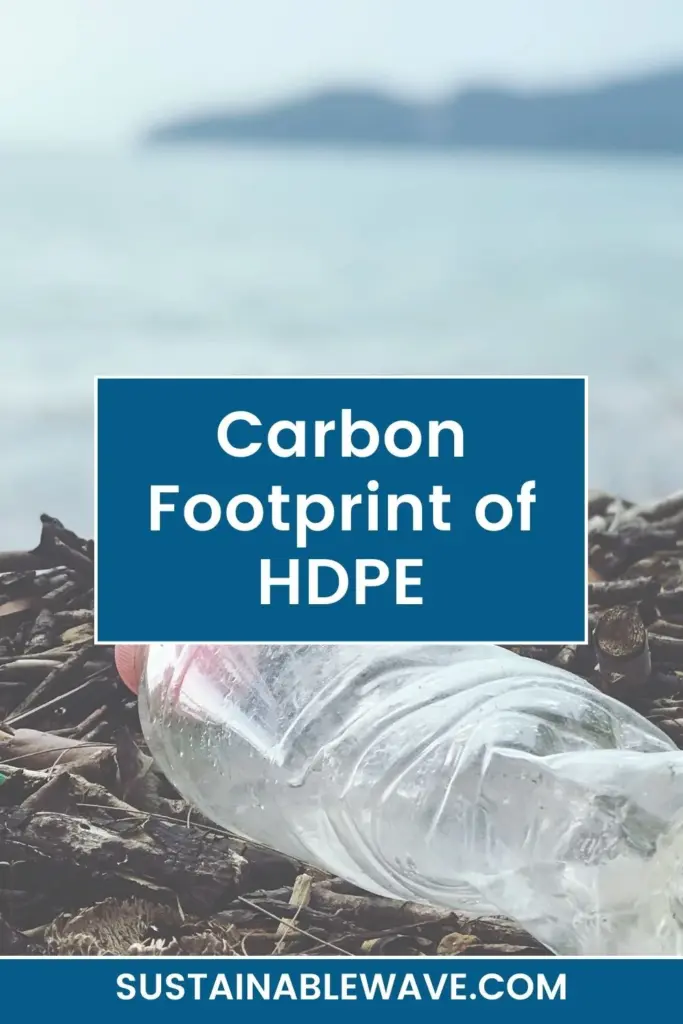
Understanding the carbon footprint of HDPE equips us to make informed choices.
While HDPE does have its environmental challenges, continuous innovations and global initiatives provide a beacon of hope.
With combined efforts, a sustainable future with HDPE is well within reach.
I’m Thomas, the owner of SustainableWave. Passionately promoting a sustainable planet. With experience in various eco-roles, I’ll share green tips, sustainability hacks, and personal eco-journeys on my blog.


